Autumn is here - the right equipment and helpful tips
What do I actually need for forest work during autumn? What do I have to look out for in my equipment? Are the utensils suitable for my area of application? And how do I know if that is the case? We have summarized the answers for you.
On this page, you will find information and articles on the areas
>> Care before wintering your garden tools
>> Leaves
>> Wood
>> Clothing
Click on one of the terms to jump directly to the corresponding section on this page.

Care before wintering your garden tools
Winter-proof storage of garden tools is essential so that you can use your tools again without any problems in the following year. First of all, it is important to clean the garden tools thoroughly and to completely remove the dirt off the tools (both from the outside and the inside) so that the dirt does not settle and thus prevent the formation of both mould and rust. This is especially important when cleaning devices with several components. It is advisable to dismantle the device into its individual components and clean them individually. This is how you get to the more hidden places. Use a hand broom to remove the big chunks and then clean the device/parts of the device with a rag or a piece of cloth. When cleaning devices with sharp components, be sure to wear protective gloves. Special tips:
Chain saw
To avoid starting difficulties in the spring, empty the tank by letting the saw run until it goes by itself.
Water hose
Let all the water out of the hose so that it does not expand due to freezing and damage the hose.
Robust aid tools such as rakes or shovels
Harder guns can also be deployed here. Use a wire brush to clean the shovel.
Handles
The wooden handles of your devices can be rubbed with oil before wintering. This protects against moisture.
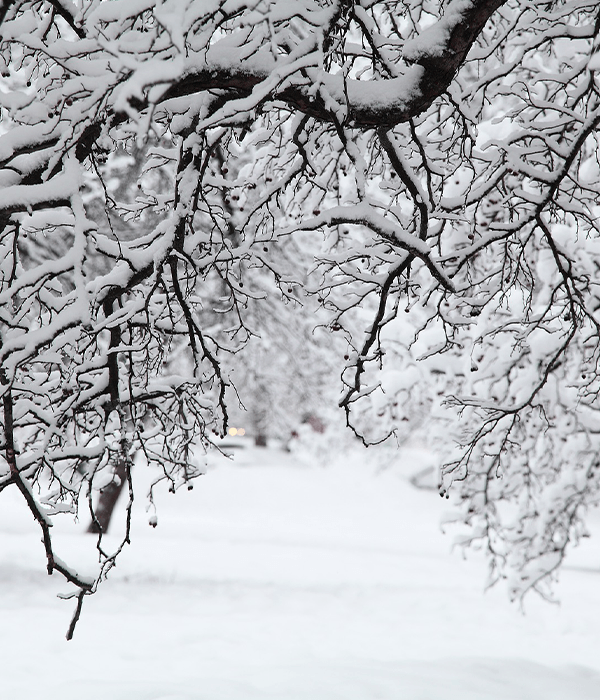
Leaves
Do I have to pick up the leaves?
Yes and no! Lawn: Remove! The lawn needs light and oxygen. The leaves would cover the lawn and prevent it from absorbing light and oxygen. There is an additional risk of rot or mould growth under the leaves, which can also damage the lawn. This would result, for example, in bald spots or increased moss growth. What you can do against bald spots and how you can best take care for your lawn in autumn, read >> here <<
Beds: Remove OR leave and compost. Advantage of leaving it there: Your beds are protected from the cold and supplied with nutrients as soon as the leaves decompose. In addition, insects find shelter under the leaves.
Streets/sidewalks: Leaves left on the ground can make your street/sidewalk very slippery. If the leaves of your trees fall on public roads, you should always remove them to minimize the risk to passers-by.
When do I have to pick up the leaves?
There is no general answer to this question. It is up to you whether you collect the leaves as soon as they fall or wait until all the trees have shed all their leaves. Remember the advice from the previous section that you should always free your lawn of leaves so that it can absorb light and oxygen. It is therefore advisable not to wait too long to pick up the leaves.
What's the easiest way to pick up leaves? - Rake vs. lawn mower
There are various techniques for picking up leaves. The classic way is often chosen - a rake and a leaf sack. Sometimes, however, the lawnmower can be also used to pick up leaves. Which method you choose is up to you. Both the rake and the lawnmower have their advantages and disadvantages. In contrast to a lawn mower, working with the rake is very quiet and can be carried out on different surfaces. On the other hand, working with the lawnmower is less physically demanding and the leaves are collected and shredded in one step. This helps you put the leaves directly on the compost afterwards without having to chop them up first. If the leaves are on a sidewalk or a street, the broom is the best tool for sweeping the leaves.
What do I do with the leaves after I've picked them up?
- You can compost the leaves to be distributed back into the beds as a nutrient supplier at a later date. This is how it works:
- Covering bedding plants to protect against cold and frost
- Mulching: Save yourself the costs of a fertilizer. Instead, spread the leaves in the beds to use them as natural fertilizer. Spread an approx. 10 cm high layer of leaves under trees, bushes, hedges or in beds. The leaves will decompose after a while, providing the soil with valuable nutrients.
- Do not leave large piles of leaves in the garden. Piles of leaves are a popular shelter for some animals, especially hedgehogs. As the leaves absorb moisture over time, hedgehogs can freeze to death in the leaves.
How do I compost leaves properly?
1. Pick up the leaves
2. In best results, shred the leaves with a chopper
3. Put the leaves on top of your compost heap.
4. Some types of leaves take a long time to decompose. Use the CHRYSAL quick composter to actively support the natural rotting of garden and kitchen waste into sustainably fertile garden compost.
5. Check the composting process from time to time. Keep in mind that as soon as the leaves start to mould, you can no longer use them.
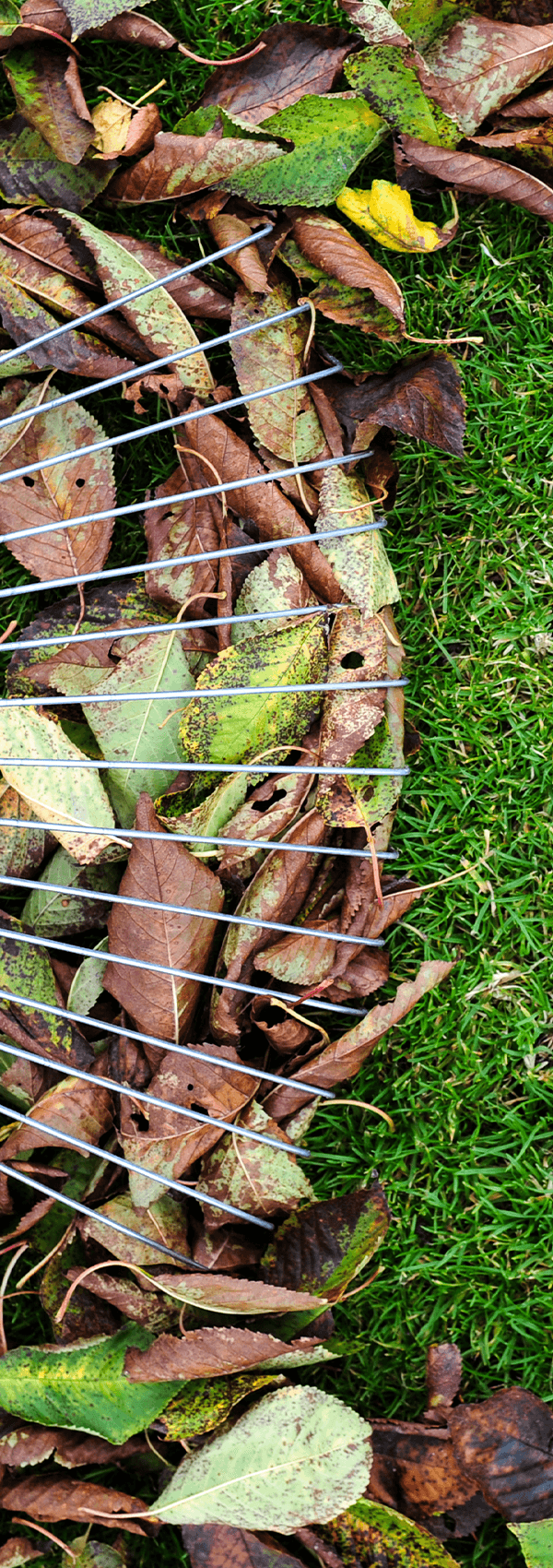
Wood
We have written a few instructive articles for you on the subject of forestry work. In addition, we have put together a selection of suitable products that you need when working with wood.
>> Tree pruning - How to fell the right way - In this article we have summarized for you what you need to consider when felling a tree and what equipment you need.
>> Special fuel - Choosing the right fuel for your garden tool - Not sure which fuel to choose for your tool? In this article you will find a detailed explanation of the corresponding products.
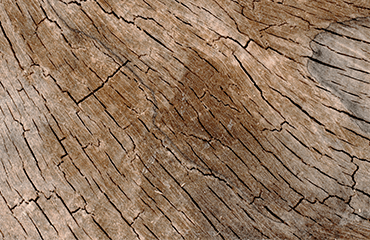
Clothing
The so-called cut protective clothing (also called personal protective equipment or protecprotective cloththing) is indispensable for industrial safety in wood processing. Below, we will explain the most important features and show the differences of these clothing items so that you can make the right choice that best suits your needs. We have created some articles for you which summarize the most important information.
>> Icon symbols on clothing, shoes and other protective equipment - Are you wondering about the meaning of the different icons on the clothing of various manufacturers? We'll explain that to you!
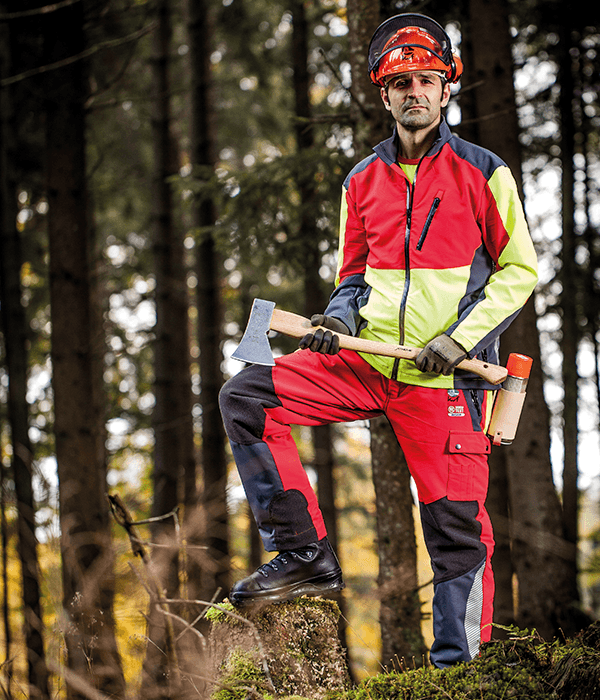
Hedge cutting
Are the hedges growing and taking up more and more space in your garden? Do they grow on sidewalks and need to do pruning? Would you like to give your hedge a neat shape pruning so that it becomes denser? Or would you like to cut back an entire hedge radically? Read this note to learn about what you should pay attention to and what equipment you need:
When can I cut hedges?
Since 2010, heavy hedge pruning has been permitted by the Federal Nature Conservation Act Section 39 (5) (BNatSchG) from the beginning of October until the end of February It is therefore prohibited from the beginning of March to the end of September. One of the reasons for this is birds, which like to nestle in dense hedges. Exception: Careful pruning of the hedges is permitted all year round. However, you should still be careful and examine the hedge carefully beforehand in order to be able to see breeding birds early on. If you see birds, you will have to postpone your plan for a few weeks. You should absolutely observe this law when you prune your hedge, otherwise high fines may apply.
When is the best time to prune my hedge?
There should be no more frost when pruning the hedge. Thus, spring after winter is best for extensive pruning (be careful, heavy pruning is prohibited from March). In the same year, you can then make one or two additional cuts if necessary. Such cuts are also allowed from March to October, provided they serve the well-being of the plant. You should prune your hedge so it can grow denser. This additional pruning is also recommended in late summer as preparation for winter.
In general, you should prune hedges after the last frost. Also when pruning, it should not be too hot and the sun should not be too bright. These circumstances could harm the freshly pruned shoots.
What do I need to prune the hedge?
Secateurs are usually sufficient for smaller branches. A hedge trimmer can be selected in different designs depending on the area of application. How big is the hedge? How thick are the branches? According to these criteria you can then choose from manual, - electric, - battery, - petrol, - or telescopic scissors. We have put together a selection for you here.
To protect yourself from flying branches or chips, you should wear protective goggles. Gloves are also required so that you can avoid injury by thorns or sharp branches. Use a hearing protection device when working on a larger hedge with automated hedge trimmers. You can find the right clothing >> here <<.
How do I prune a hedge correctly?
For best results, a hedge should be pruned so that it is narrower at the top than at the bottom. This makes it more resistant to wind and weather conditions. Since you do not always have the optimal angle and view of the hedge even when pruning, the hedge may be pruned unevenly or crookedly. If you want the hedge pruning to be an “even” number, stretch a cord along the intended cutting edge in advance. You can keep track of things while pruning.
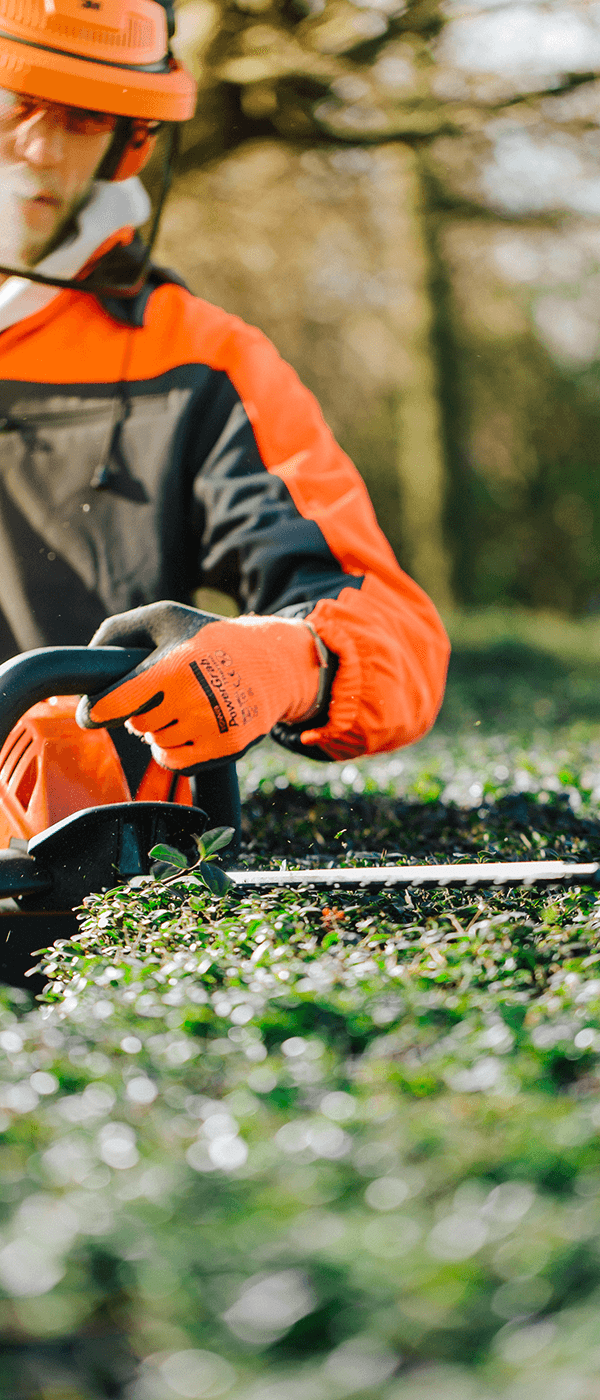
 Deutsch
Deutsch
 English
English
 Suomi
Suomi
 France
France
 Ungarisch
Ungarisch
 Niederländisch
Niederländisch
 Italienisch
Italienisch

